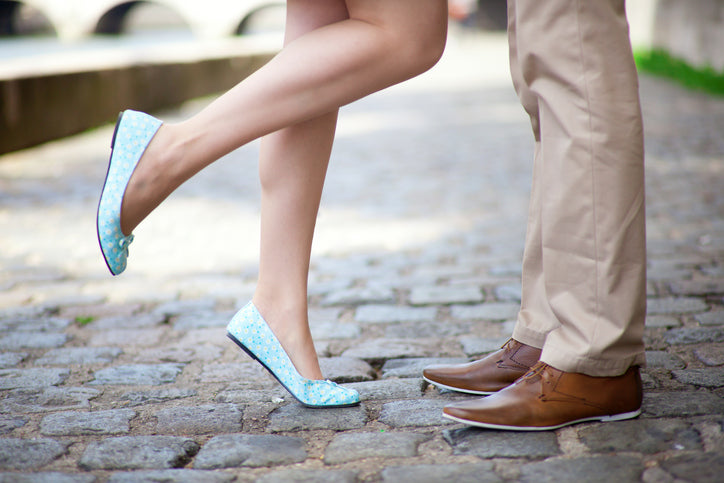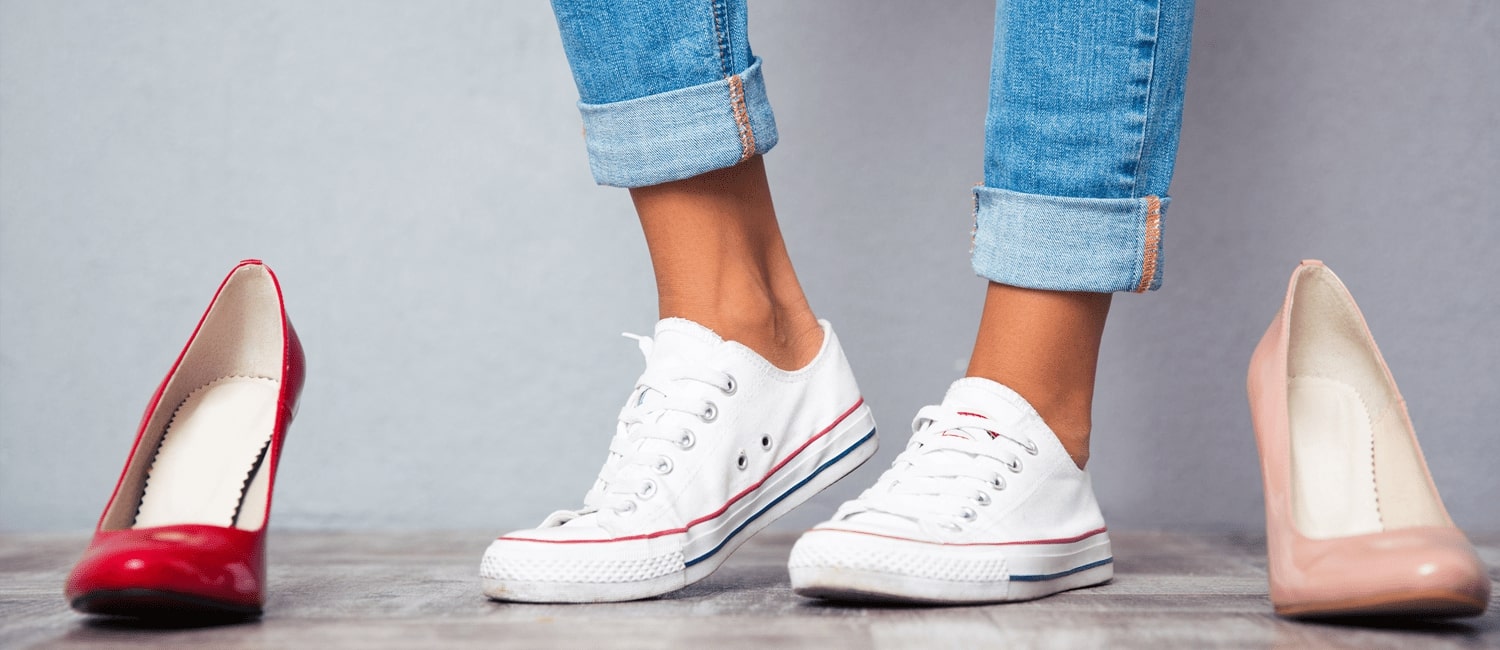Since they first appeared, heels have done nothing except catch people's attention and win them over. Women have been smitten with this footwear ever since, and it has only diversified and advanced. The majority of shoe collectors have a particular fondness for heels. The creation of subcategories within the same product is the result of the overwhelming demand and desire for it. Ankle straps, Block heels, Kitten heels, Mules, Platform heels, Stilettos, Spool heels, Wedges, etc. are a some of the various styles of heels that are offered. Although it is not a good idea to wear heels for a long time, women simply cannot help themselves. 
Women have been wearing heels ever since they became popular. They are now considered a necessary component of business clothing. It has the same effects on women that shirts and ties have on men. It can give the dress code a hint of sensuality. A woman's whole appearance and attitude might gain vitality and confidence when wearing heels. Women who wear heels exude an impression of independence, superiority, and intelligence. The way that women move might change when they are wearing heels. Famous psychologist Paul Morris carried out research that demonstrated the same.
Wearing heels to work can be a great way to add a touch of sophistication and style to your professional wardrobe. However, it's important to remember that comfort is key, especially if you'll be wearing heels for long periods of time. Here are some tips for wearing heels to work:
Choose the right heel height
High heels can be stylish, but they can also be uncomfortable and even harmful to your feet if you wear them all day. Consider opting for a lower heel, such as a kitten heel or a block heel, which will provide some height without sacrificing comfort. If you do choose to wear a higher heel, try to limit the amount of time you spend on your feet, and take regular breaks

Invest in comfortable heels
Not all heels are created equal, and some are more comfortable than others. Look for shoes with padded soles, supportive arch support, and a wide toe box to give your feet plenty of room to move. Avoid shoes with narrow toe boxes or thin, hard soles, as these can be painful to wear for extended periods of time.
Break in your heels before wearing them to work
Wearing new heels for the first time at work can be a recipe for disaster. To avoid blisters and discomfort, be sure to break in your heels before wearing them to work. Wear them around the house for short periods of time or take a walk around the block to get used to the feel of them. If you have a long commute, consider bringing a pair of comfortable shoes to change into on the way to work.

Bring a pair of backup shoes
If you're worried about the comfort of your heels, consider bringing a pair of backup shoes to work. Flats or sneakers can be a lifesaver if your feet start to hurt mid-day. You can also bring a pair of insoles or inserts to add extra cushioning to your heels.
Stretch your feet regularly
Wearing heels can put a lot of pressure on your feet and ankles, so it's important to take breaks and stretch your feet regularly throughout the day. Stand up and walk around for a few minutes, or do some simple foot stretches to keep your feet feeling fresh and energized. You can also try rolling a tennis ball under the soles of your feet or using a foam roller to massage your calves and ankles.

Conclusion
By following these tips, you can confidently and comfortably wear heels to work and make a fashionable statement in the office. Remember, it's always better to err on the side of caution and choose comfort over style, especially if you'll be wearing heels for long periods of time. With the right shoes and some proper foot care, you can enjoy the benefits of wearing heels without any of the discomfort.



